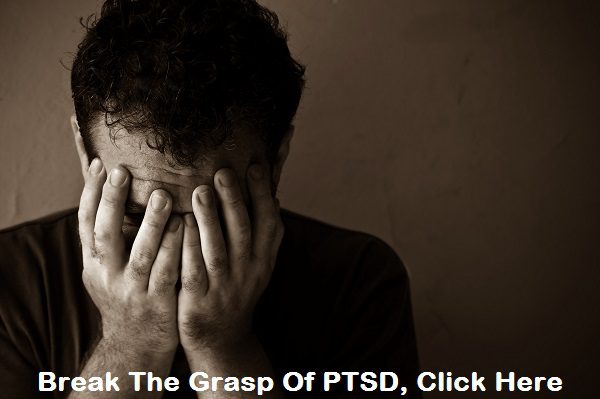Living life with PTSD is no easy task. Sadly, this disorder can put a real spin on people’s lives and cause them to become completely different people. There are a lot of treatments for PTSD, however most of them seem to be medication based and seem to offer little results.
Luckily, new treatments have been developed for PTSD and the best part is the fact that most of them do not require the use of medication. Take CBT for example, this behavioral therapy method has truly been working miracles when it comes to treating PTSD. As a matter of fact, the military is now turning toward CBT when it comes to treating veterans.
Check out this informational article about CBT provided by my ptsd.
Cognitive Behavioral Therapy (CBT) is one of the most widely used therapies for the treatment of Posttraumatic Stress Disorder (PTSD). CBT is a talk therapy that aims to change the brains cognitive functioning, encompasses both imaginary exposure therapy as well as actual exposure therapy to stressors. Specific to PTSD, the actual type used is called, Trauma Based, or often referred to as TB-CBT; though we will simply refer to it as CBT for the purposes here. The majority of primary PTSD therapies are actually CBT.
Origins
CBT originated from Sigmund Freud’s pioneering therapeutic approach to individuals who had suffered childhood sexual abuse in 1895, which involved retelling the traumatic event in order to promote emotional catharsis and abreaction, ie. release of repressed emotions. This approach was the precursor to current CBT techniques, especially prolonged exposure therapy.
Success & Failure
CBT on average across clinical studies, demonstrates an overall effectiveness of above 80%. Saying this, you will read below that studies also have bias, so this number is not necessarily accurate. What is accurate is accounting for actual clinician success rates, which are on average above 85% for CBT use in conjunction with PTSD. The Australian National PTSD course has reported rates from 50% to 90%, depending on location, course structure and physicians involved. Locations based near military bases often have the highest success rates, than elsewhere, due to the experience obtained via such influx of PTSD patients. [Obtained from course physicians]
Structure
CBT is often performed from 10 – 12 sessions, though can go for years if the trauma is of a more complex nature. Beyond this, something is wrong; either the patient isn’t working hard enough, or the therapist isn’t delivering and pushing the patient to work hard enough. One or the other is at fault beyond this time frame.
CBT for PTSD typically comprises 8 modules, they may slightly differ depending on expertise of the physician. Standard, these are:
1.Introduction to the treatment
2.Crisis and relapse prevention plan
3.Breathing retraining
4.PTSD primary symptoms
5.PTSD associated symptoms
6.Cognitive restructuring, the first 3 steps
7.Cognitive restructuring, 5 step program
8.Generalisation training and termination
Termination of trauma therapy is an essential aspect that either patient or therapist can overlook, as it provides an essential period of time that the patient must take the tools learnt and then begin to apply themselves. Without this essential break, the patient learns nothing, and only builds a co-dependence to the therapist of looking for answers, instead of working them out themselves, with the theoretical tools and procedures covered.
The expert method in session form is listed upon the forum itself as Cognitive Behavioral Therapy (CBT) for PTSD. The trivial aspects are often covered in introductory sessions, with follow-up sessions periodically for review after termination at 6 or 12 weekly intervals.
Comparisons
There is only one comparison to really make in regards to CBT, and that is Eye Movement Desensitization and Reprocessing (EMDR). Both are about equally as efficient in the designed methods to enable the processing of cognitive trauma; they simply go about it in different manners. What is different is that CBT has a proven experience for longevity of symptom reduction, compared to EMDR. However, many EMDR practitioners are now building in the missing cognitive processing and exposure therapy to obtain the longevity results, beyond the trauma processing aspects. It is becoming an either / or comparison, bringing the outcome down to the delivery and patient specifics.
The real pluses for CBT, that EMDR cannot match, is that a majority of the structure can be delivered in a group environment, hence limiting the one-on-one patient / therapist time and achieving greater throughput of patients, without disregard for end results. CBT can also be used effectively by changing the delivery to suit children of any age, without losing effective purpose or outcomes. CBT can be delivered online, through Internet Therapy (Interapy), using a mixture of online tasks and electronic interaction with the therapist. These clear advantages are making it far more popular as the tool of choice with trauma specialist in relation to PTSD.
Image Credit: ultimate-survival-training
To learn more about CBT, my ptsd



